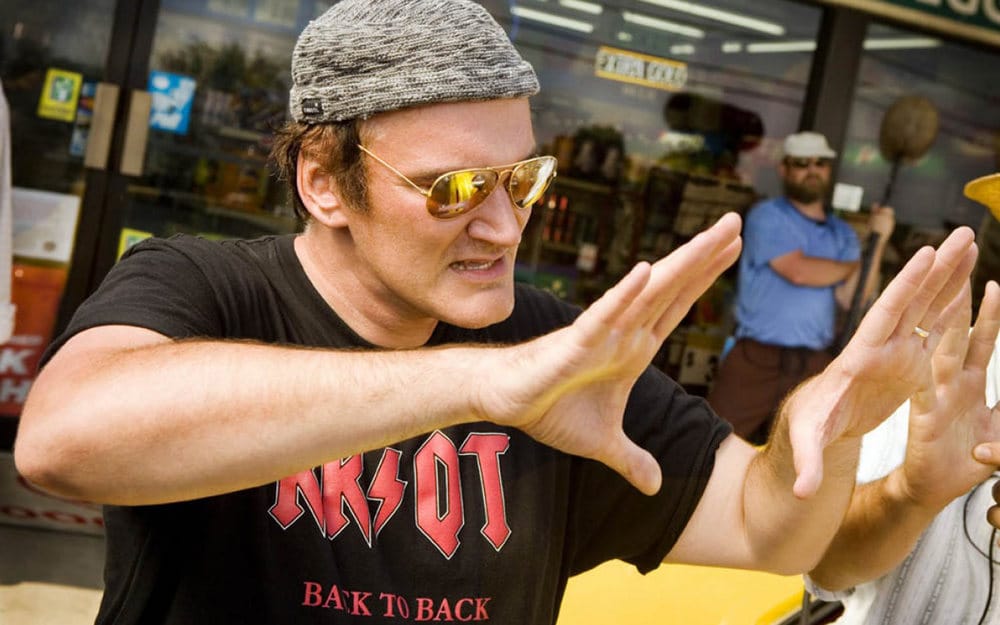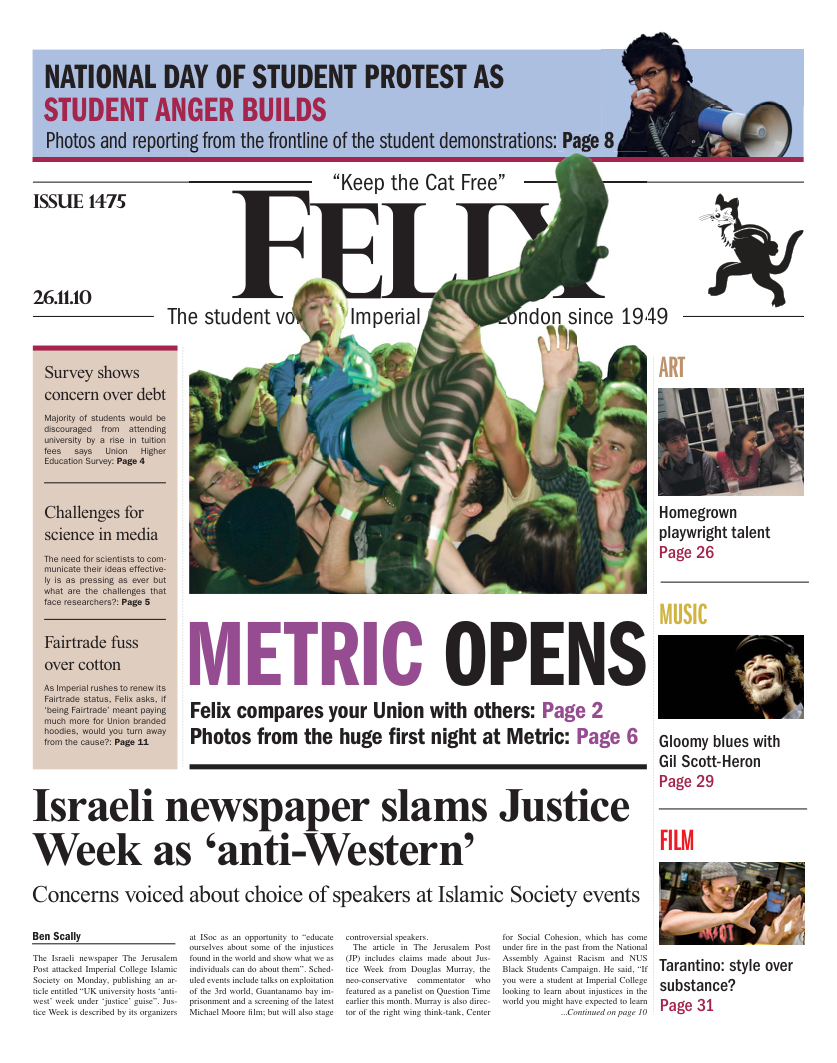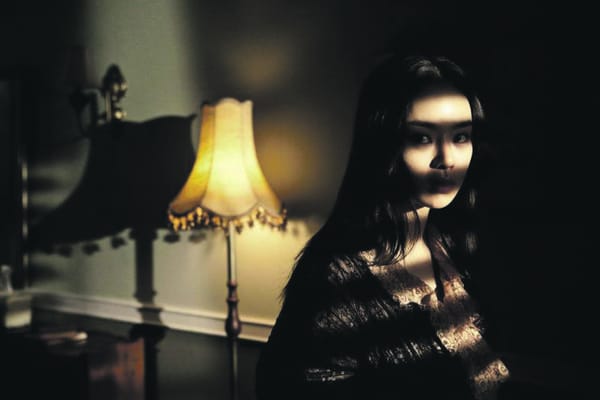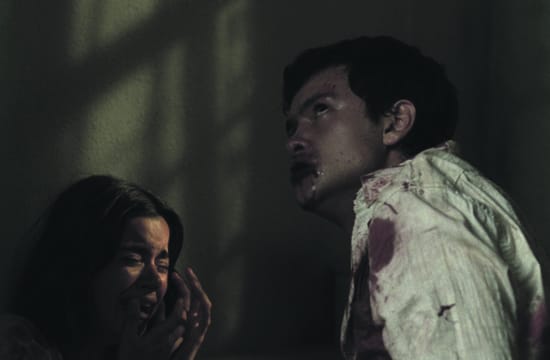Quentin Tarantino: style over substance?
Navid Nabijou profiles the controversial director and his latest work, Inglourious Basterds

Over the past two decades, few directors have managed to excite such acclaim – and controversy – as Quentin Tarantino. His work has sharply polarised critics, spawning a plethora of varied interpretations and deconstructions. Each new release is followed by a blaze of feverish publicity, and through all of this, Tarantino and his films remain something of an enigma.
His debut, the playful and gritty Reservoir Dogs, was in a certain sense a modest affair. Produced on a tiny budget and screened in only a handful of cinemas, the film went mostly unnoticed at first. It does, however, set the precedent for all of Tarantino’s later work: nonlinear narratives, razor-sharp dialogue, profuse profanity and a healthy dose of violence. It’s a heist film without a heist scene, a bleak tale of greed, loyalty and madness.
Tarantino’s strongest asset is undoubtedly his treatment of dialogue. While many directors regard dialogue simply as an inconvenient necessity, Tarantino recognises and defends the importance of conversation for the sake of conversation. A considerable, and often unappreciated, layer of characterisation is weaved into utterly mundane discussions about hamburgers and television. The writing – at times incredibly realistic, at times borderline fantastical – is consistently incisive, witty and, above all, entertaining. And nowhere else is this talent exhibited better than in the film many consider to be Tarantino’s finest: Pulp Fiction.
Pulp Fiction, released in 1994, is a dizzying ride through the underworld of Los Angeles. The audience is pulled back and forth through space and time, as the stories of the many colourful characters unfold in fragments. Hugely influential, it has been described as “the most quotable movie of all time” – and it’s not hard to see why. The writing is simply sublime, oozing with depth and sparkle.
A thorough watching of a Tarantino film will make at least one thing apparent: this man loves movies – a lot. In his youth he worked in a video rental store, giving him the freedom to watch and discuss film for hours on end. The scope and depth of his expertise is formidable; he has probably seen more movies than anyone else alive. This ingrained passion for, and connection with the world of cinema pervades the films he creates. Tarantino, far from repudiating the influence of other filmmakers, relishes in it: his films are packed full of little nods to movie history. This can, however, go too far and he has often been criticised for being derivative; his films have been dismissed by some as pastiches of the past instead of genuinely original works.
Another, related criticism is that his films favour style over substance. This is true to an extent; there certainly are deeper, more profound films out there, but, all in all, there is a good deal of substance present, even if we might find it difficult to recognise. Take the “Superman monologue”, a metaphorical musing on the human condition that builds to the climax of Tarantino’s fourth movie, Kill Bill. Which conveniently brings us back to the issue of style.
Kill Bill tells the story of The Bride, a former assassin who embarks on an epic journey of revenge. Though containing all the standard Tarantino hallmarks, the film’s most distinguishing feature is its high aesthetics: it is a visual stunner from start to finish. Everything, be it a hospital ward, a Yakuza boss or a severed arm, drips with vibrancy and energy. Let’s be honest: when there’s this much style, who cares about substance?
Perhaps this argument might be answered by Tarantino’s next film: Deathproof was released in 2007 to a lukewarm response and slinks in as one of his lowest grossing movies. But despite the disappointment of his fifth film, there was a definite air of excitement in the run up to his sixth. This project was particularly special to him; he had been talking about it for years. So it was to an eager, hopeful audience that, in August 2009, Inglourious Basterds was finally released, more than a decade after it was first conceived. Set in Nazi-occupied France, Inglourious Basterds, in keeping with tradition, consists of a number of interweaving storylines. Prettier than Pulp Fiction, subtler than Kill Bill, it draws together all the best features of his cumulative body of work, resulting in one of his finest films to date.
One thread follows the Basterds, an American guerrilla force dropped behind enemy lines and charged with “doing one thing, and one thing only: killing Nazis.” Running parallel to this we have the striking Shosana Dreyfus, a French Jew living undetected and operating a cinema in Paris. Finally, the consummate SS Colonel Hans Landa, whose performance earned the actor an Academy Award. A charismatic, shrewd, deeply unsettling fascination, Landa (described by Tarantino as “one the greatest character I will ever write”) turns everything he touches into gold.
Inglourious Basterds is a return to what Tarantino does best, and he packs his latest film full of fast-paced dialogue. The atmosphere is electric; as the banter perpetually accelerates and intensifies, at a few points the suspense grows almost unbearable. His writing has certainly never been better. Stylistically, the film builds on the formula of Kill Bill, exploiting with finesse a number of contrasting styles, which blend seamlessly and make the film thoroughly enjoyable, if difficult to classify. In all, Inglourious Basterds is a treat; great to look at, listen to, and generally be entertained by.
Quentin Tarantino is, in spite of his detractors, a remarkable filmmaker. His flair for sharp dialogue and stylistic excellence make each and every one of his movies a joy to watch. Inglourious Basterds is living proof that, now approaching fifty, Tarantino is still at the top of his game.
Inglourious Basterds is showing at the iCU Cinema at 6.30pm on Tuesday 30th November.








